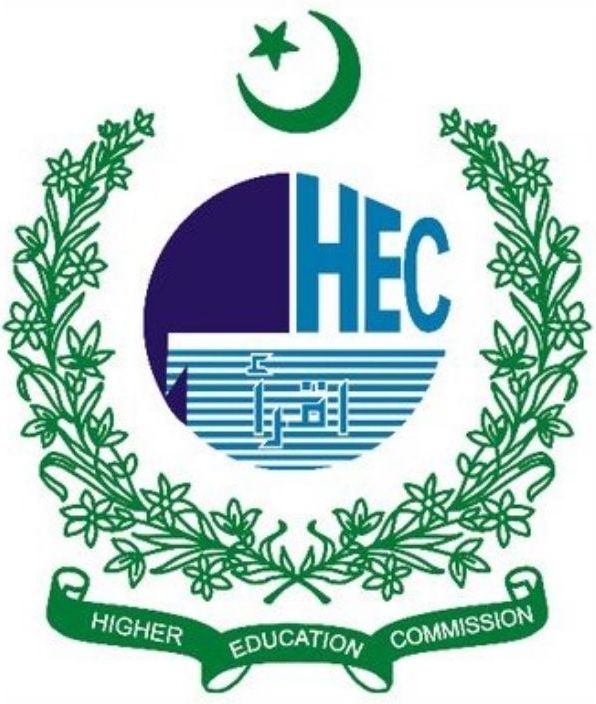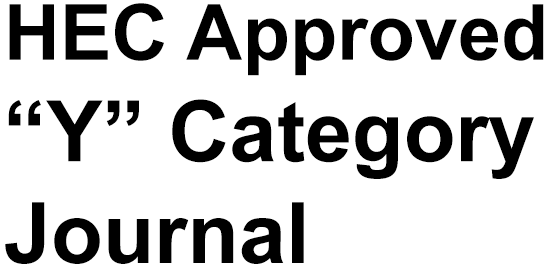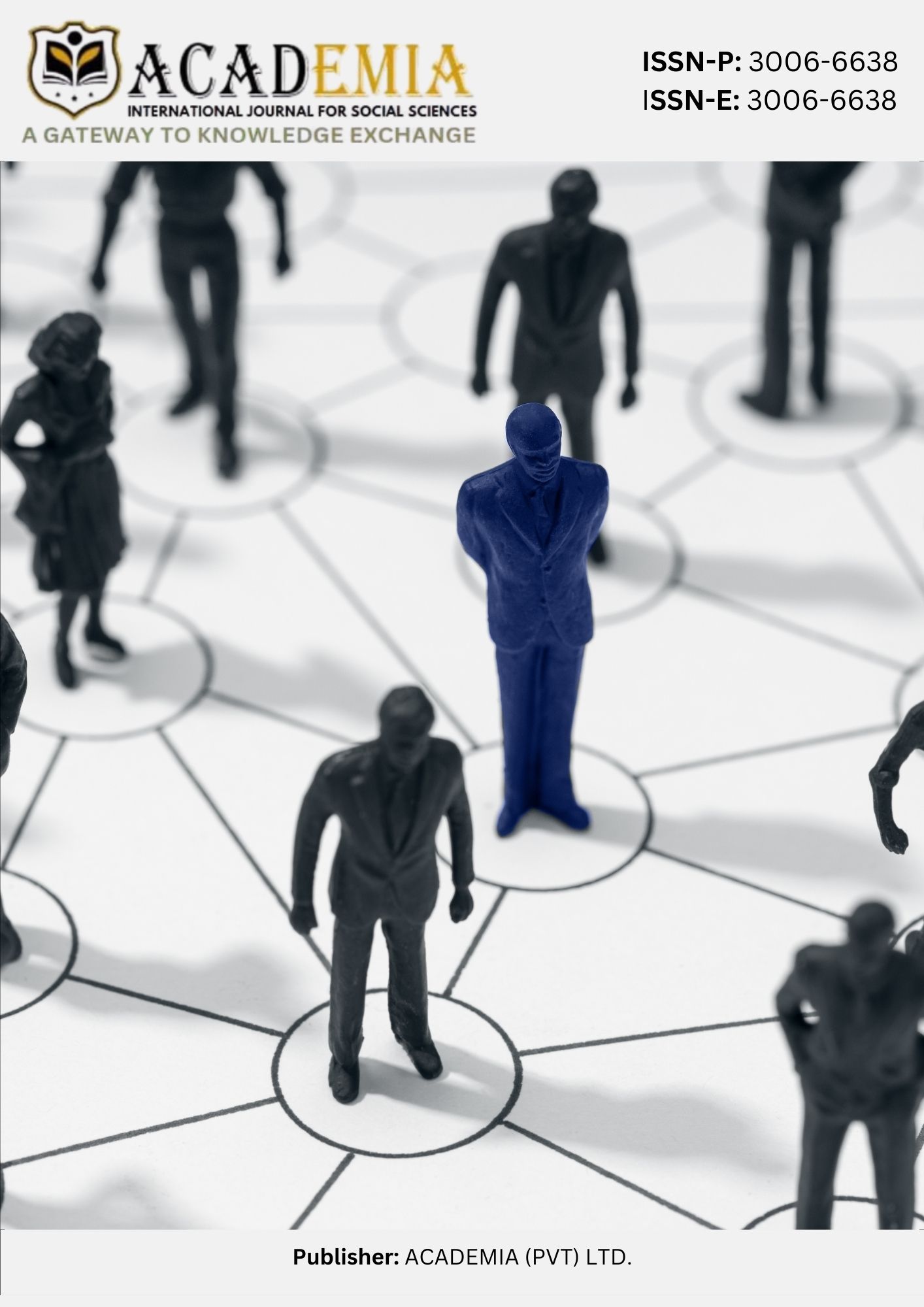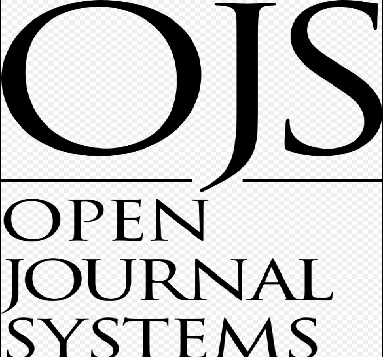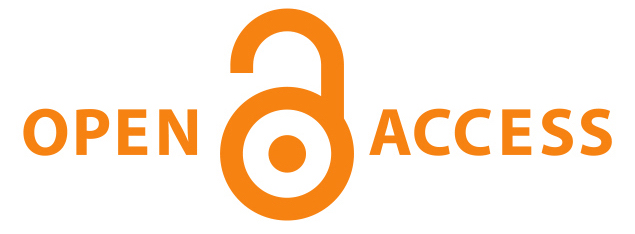L2 Influence on L1: An Acoustic Study of Urdu Vowels
DOI:
https://doi.org/10.63056/Keywords:
English as second language, influence, Urdu vowel, Acoustic studyAbstract
The aim of the present study was evaluating L2 influence on L1. It was quasi experimental research based on conceptual research strategy to evaluate the L2 influence on L1. Data was collected from 20 English speakers through voice recording from high quality mobile phones. The collected data was transferred into PRAAT Speech Processing Tool, installed on hp Core-i5 7th Generation laptop, by focusing on both tense and lax vowel sounds. The study was delimited to two (tense and lax) Urdu vowels. After analysis, it was seen that a significant difference was found in the utterance of Urdu tense and lax vowels by the English (L2) speakers. It was also found in the present research that the classification and description of Urdu vowel sounds becomes different by the English language speakers on the basis of pronunciation of tense and lax vowels of the monophthongs (single sound) and diphthongs (double sounds) of Urdu words. During PRAAT analysis, it was found through phonetic description that the L2 speakers pronounced Urdu tense vowels in the form of lax vowels during conversation, and, likewise, they uttered Urdu lax vowels in the form of tense vowels during conversation. There are some suggestions that as the present study was conducted in Lahore district in Beaconhouse School, so such type of research may also be conducted in any other city and school of the Punjab, Pakistan. Moreover, in the present research, the researcher tried to evaluate only two (tense and lax) vowel sounds, therefore, further researches may be conducted to explore the other phonetic units or consonants as well.
Downloads
Published
Issue
Section
License
Copyright (c) 2025 Aneesa Majeed (Author)

This work is licensed under a Creative Commons Attribution 4.0 International License.


